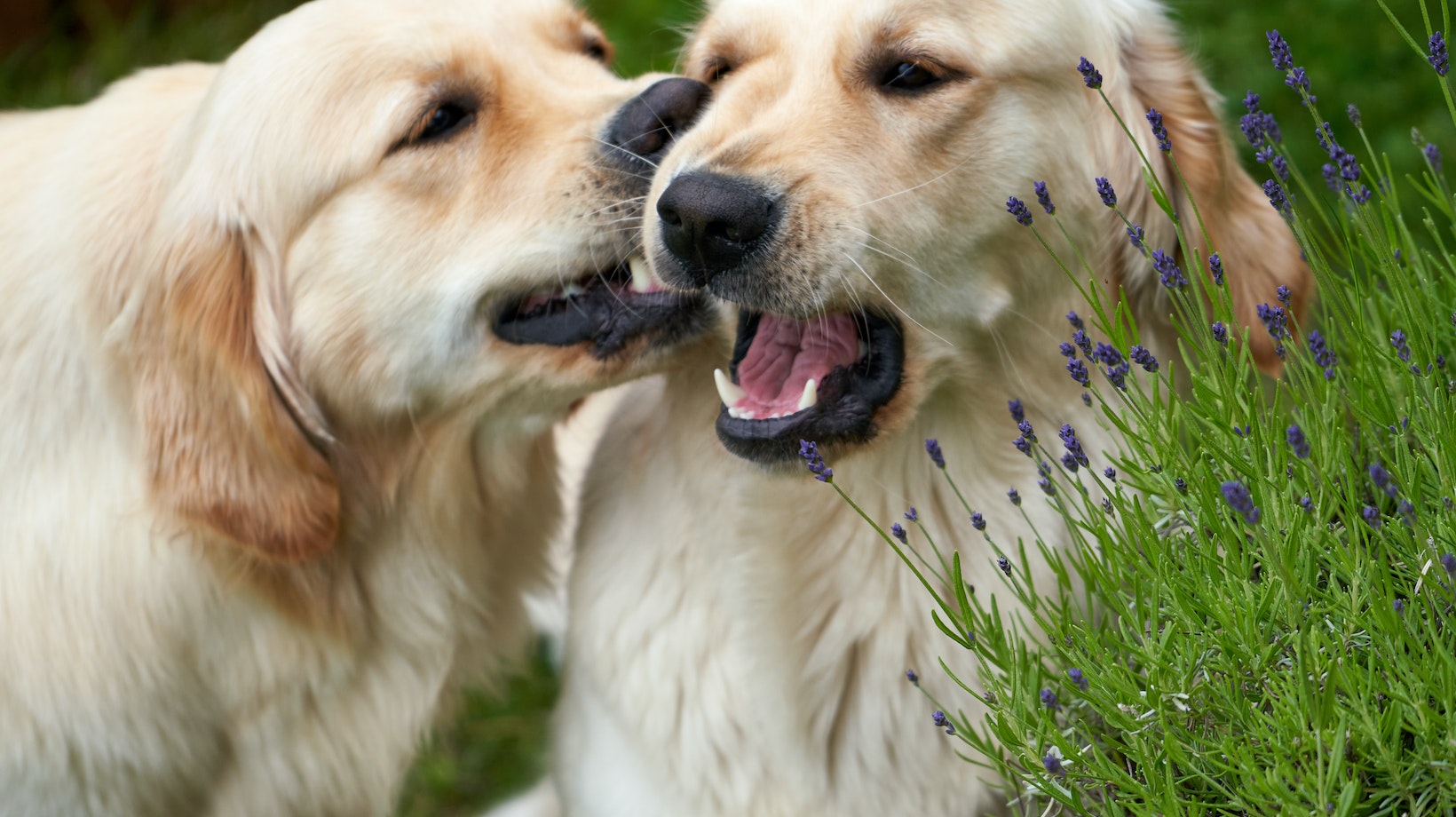How To Get Your Puppy To Stop Biting You
Firstly, it’s important to understand why puppies bite. Puppies explore the world with their mouths, and biting is a natural part of their development. However, it’s crucial to teach them appropriate behavior early on. One effective method is teaching bite inhibition. When your puppy bites too hard during playtime, let out a high-pitched yelp or say “ouch” firmly and withdraw your attention for a few moments. This mimics how puppies communicate with each other and helps them learn that biting leads to the end of fun.
So let’s dive into these techniques further – from teaching bite inhibition to redirecting their chewing behavior – and set you on the path towards a well-behaved pup who knows when enough nibbling is enough! Setting up a safe and positive environment for your puppy is crucial in their development and training. As a responsible pet owner, it’s important to create an environment that promotes their well-being and helps them learn appropriate behaviors. Here are some key steps to consider when setting up your Labrador puppy’s living space:
- Puppy-proof the area: Labradors are known for their curious nature and playful demeanor. Before bringing your puppy home, ensure that the designated space is free from potential hazards. Remove any toxic plants, secure loose wires or cables, and keep cleaning chemicals out of reach. By creating a safe environment, you can prevent accidents and minimize the risk of injury.
- Provide a comfortable crate or bed: Dogs are den animals by nature, so having a cozy crate or bed can give your Labrador puppy a sense of security. Make sure the crate is spacious enough for them to stand, turn around, and lie down comfortably. Place soft bedding inside to make it more inviting and appealing.
- Set up designated play areas: Labradors have bundles of energy that need to be channeled appropriately. Designate specific areas where your puppy can engage in playtime without causing havoc throughout the entire house. This could be an enclosed backyard or a dedicated indoor playroom equipped with toys and interactive games.
- Establish consistent rules: Consistency is key when it comes to training your puppy. Establish clear boundaries from day one and consistently reinforce them throughout their upbringing. Whether it’s teaching them which furniture they’re allowed on or establishing feeding routines, consistent rules will help your Labrador understand what behavior is expected of them.
- Provide mental stimulation: Labradors thrive on mental stimulation as much as physical exercise. Offer puzzle toys, treat-dispensing games, or hide-and-seek activities to keep their minds engaged and prevent boredom-induced behaviors like excessive chewing or digging.
Remember that each Labrador puppy is unique, so adapt these guidelines to suit their specific needs. By setting up a safe and positive environment, you’ll be laying the foundation for a well-behaved and happy companion.

Redirecting Biting Behavior With Appropriate Toys And Chews
- Provide a variety of chew toys: Labradors are known for their strong jaws and love of chewing, so having a range of durable chew toys is essential. Look for toys made specifically for teething puppies or ones that are designed to withstand vigorous chewing. Rubber or nylon toys can be great options as they provide a satisfying texture while being durable enough to withstand the force of those puppy jaws.
- Introduce interactive puzzle toys: Engaging your Labrador’s mind with puzzle toys not only redirects their biting behavior but also provides mental stimulation. These types of toys challenge them to figure out how to access treats hidden inside, keeping them busy and entertained while encouraging appropriate chewing habits.
- Freeze chew treats: Another way to redirect your puppy’s biting tendencies is by freezing chew treats such as Kong-style fillable toys or rawhide bones soaked in water beforehand. The cold temperature soothes their gums during the teething phase while providing an engaging activity that diverts their attention away from nibbling on you.
- Rotate the toy selection: To keep things interesting for your Labrador, regularly rotate the selection of available chew toys throughout the day or week. This helps prevent boredom and keeps them engaged with different textures, shapes, and tastes, reducing the likelihood of turning their attention back to nibbling on inappropriate objects – including you!
- Supervise playtime: Always supervise your Labrador’s playtime when introducing new toys or chews into their environment. This allows you to observe their chewing habits, ensure they are using the toys appropriately, and intervene if necessary. Additionally, it helps prevent any potential choking hazards or damage to the toys that could pose a risk to your puppy’s safety.
Using Positive Reinforcement Training Techniques To Discourage Biting
- Reward desired behavior: Whenever your puppy shows gentle and non-biting behavior, reward them with praise, treats, or playtime. This positive reinforcement reinforces the idea that calm and gentle interactions are desirable.
- Redirect their attention: If your puppy starts nipping or biting during playtime, redirect their attention to an appropriate chew toy or bone. Encourage them to chew on these items instead of using their teeth on you.
- Be consistent: Consistency is crucial in any training program. Ensure that all family members consistently use positive reinforcement techniques and avoid rough play that may encourage biting behaviors.
Remember, patience is key when implementing these techniques. It takes time for puppies to learn appropriate bite inhibition and control their impulses effectively.